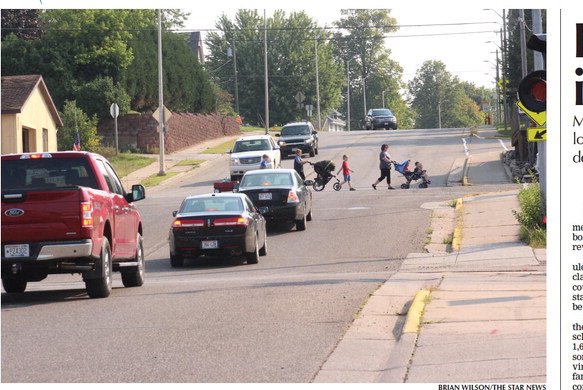Childcare provider calls for safer road crossing


Medford police chief Chad Liske wanted to see for himself how difficult it was to be a pedestrian in the city of Medford.
On Tuesday, he parked his squad ca...


Medford police chief Chad Liske wanted to see for himself how difficult it was to be a pedestrian in the city of Medford.
On Tuesday, he parked his squad ca...